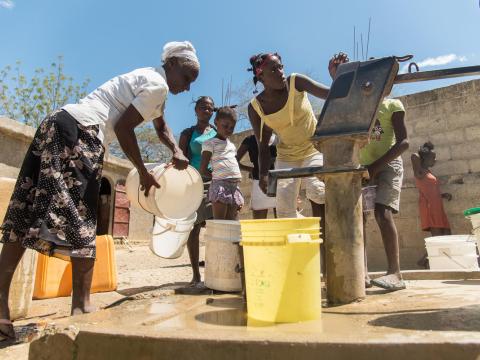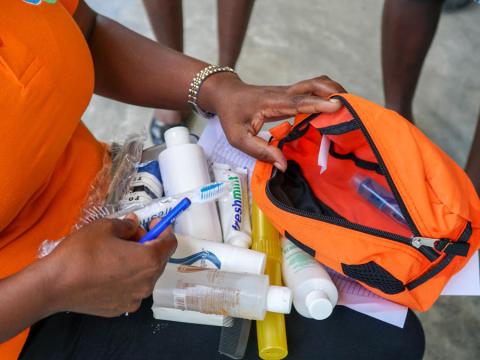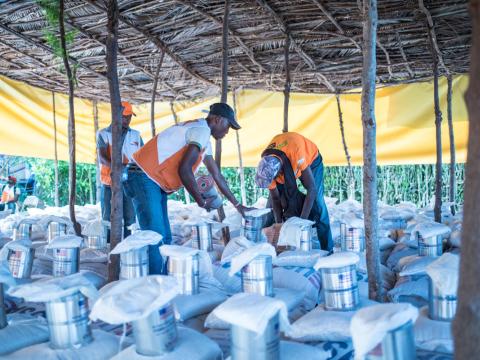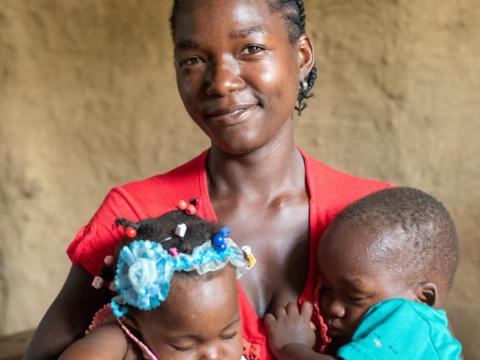Our Work

Water, Sanitation and Hygiene (WASH)
In order to improve access to clean water and sanitation, World Vision continued to prioritize water, hygiene, and sanitation within its program. With only 54.4% of most vulnerable families had access

Health and Nutrition
World Vision activities center on addressing key maternal, reproductive and child health and nutrition gaps that adversely affect child well-being within its programs, contributing to improving lives

Food Security
Many parts of Haiti are characterized by yearly seasonal food insecurities, and whenever food insecurities occur, children are among the most impacted, especially when common negative coping

Child Protection
The most vulnerable children in Haiti are critically at risk of violence, and may be subject to trafficking, slavery (restavek), verbal or sexual abuse or exploitation. World Vision, through its
